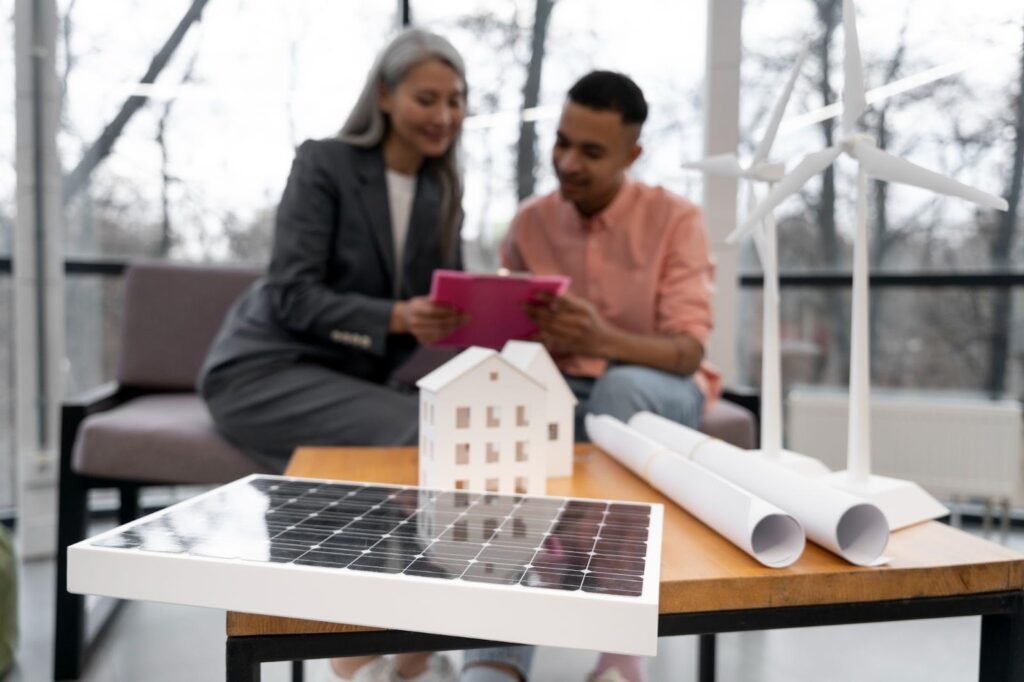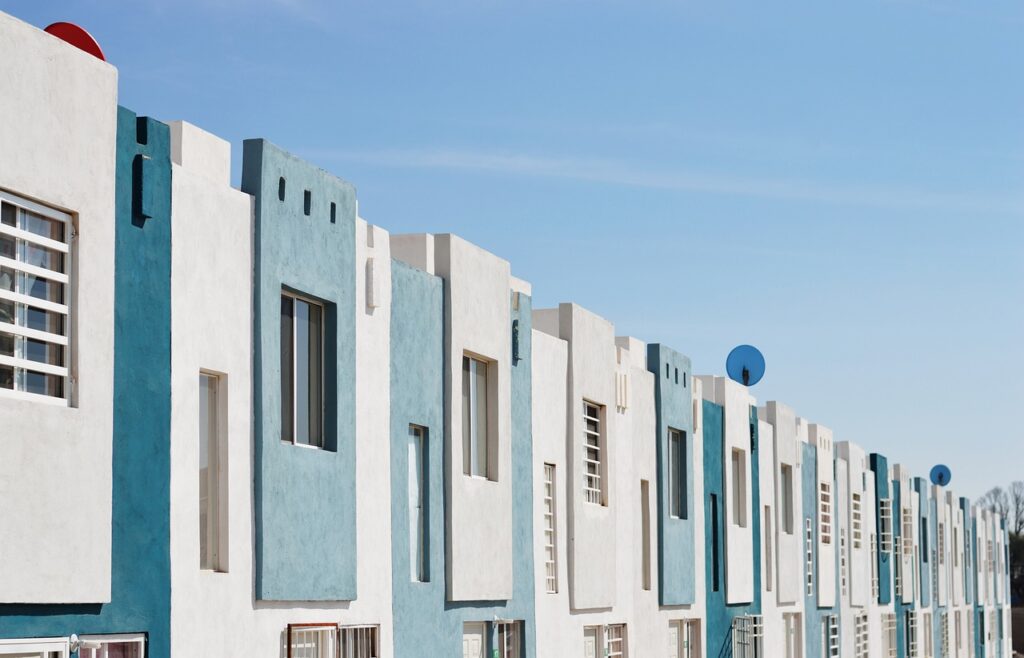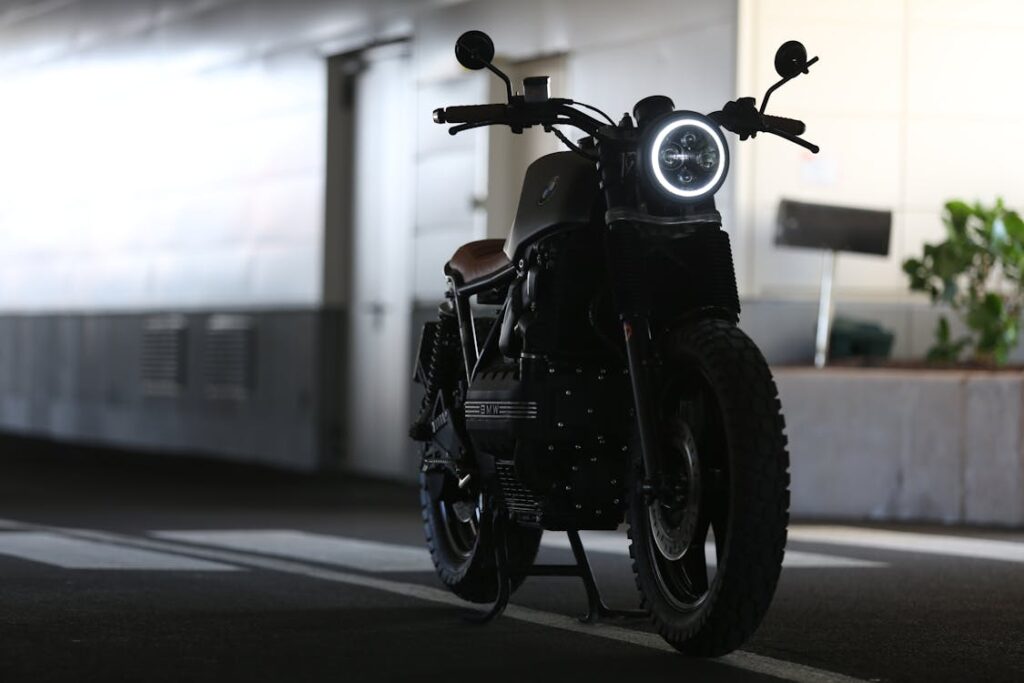Switching to solar energy is one of the smartest decisions a homeowner can make. It cuts down on electricity costs, increases property value, and helps the planet at the same time. But creating the perfect setup takes some planning and a bit of know-how.
Before you begin designing solar panels for your home, you need to figure out what will work out for your home. A well-designed setup makes the most of your home’s layout and sunlight, giving you steady savings and reliable energy for years.
1. Understand How Much Energy You Use
Every good solar design starts with knowing your energy habits. Take a look at your power bills from the last few months to see how much electricity you use. This gives you a realistic idea of how big your system should be.
A professional installer can analyze your numbers and help you size the system correctly. Getting this right means you’ll generate enough power without spending more than you need to.
2. Check Your Roof’s Condition and Sunlight
Your roof has a big influence on how well your solar panels perform. The direction, angle, and amount of shade can all affect how much sunlight your panels get during the day.
If your roof faces south, that’s ideal. But even east- or west-facing roofs can produce plenty of power with the right setup. Before installing, make sure your roof is in good shape to support the panels for years to come.
3. Choose the Right Equipment
Not all solar parts are the same. A strong system includes high-quality panels, inverters, and storage batteries that work well together. Choosing efficient equipment helps you get the most out of every ray of sunlight.
Modern energy systems also come with smart monitoring tools that show how much energy you’re generating and using. Watching those numbers can help you adjust your habits and make your home even more efficient.
4. Plan for the Future
Your energy needs may grow over time. Maybe you’ll buy an electric car or add more appliances down the road. When you design your solar setup, think ahead so it’s easy to expand later.
Professional installers can design your system with flexibility in mind, allowing you to add more panels or storage without rebuilding everything. Planning now saves time and money later.
5. Hire an Expert for Design and Installation
Good solar panel system design is about more than just placing panels on a roof. It takes experience to get the angles, wiring, and safety requirements right. That’s why working with a certified professional is worth every penny.
Experts handle the technical details, from electrical connections to permits, and make sure your system runs safely and efficiently. They know how to design systems that perform well in your local weather and meet all building codes.
Why It’s Worth It
A well-designed solar setup pays for itself over time through lower bills and cleaner energy. You’ll feel the difference each month when you see how much power your home produces. With the right system and a reliable installer, you’ll enjoy years of smooth, worry-free energy.
Key Takeaways
- Track your energy use to size your system correctly.
- Keep your roof strong and positioned for maximum sunlight.
- Use reliable, high-quality components for your energy systems.
- Design for future expansion as your energy needs grow.
- Hire professionals for safe, efficient solar panel system design.






